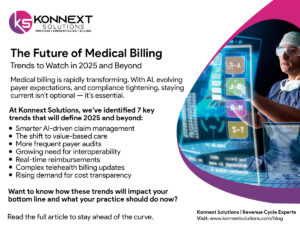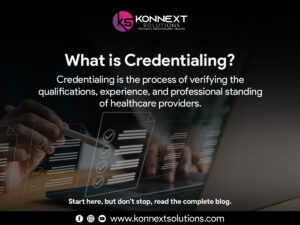Bundled payments are reshaping how providers, payers, and patients view reimbursement. Instead of getting paid for each individual service, providers receive a single, fixed amount for all services related to a treatment or condition over a specified period. As of 2025, this model is growing fast—and it’s creating both opportunities and challenges for medical billing.
What Are Bundled Payments?
- Bundled payments, also known as episode-based payments, give providers a set fee for all the care associated with a condition (hospital stay + rehab + follow-ups) rather than separate charges for each component.
- The goal is to create incentives for efficiency, quality, and coordination of care. By aligning provider incentives, the model encourages fewer unnecessary procedures and fosters better post-acute care.
- CMS has been expanding bundled payment programs. Models like the Comprehensive Care for Joint Replacement (CJR) and Bundled Payments for Care Improvement (BPCI) are some of the more established ones.
Key Trends in 2025
Here are some of the most current shifts with bundled payments:
- More specialties joining in — Orthopedics, cardiology, maternity, and behavioral health are seeing pilot programs. Payers are exploring how bundling works outside hospitals.
- Technology enabling better cost tracking — Advanced analytics, EMR integration, and real-time data capture are helping providers track costs across the full episode, something that used to be very difficult.
- Focus on patient outcomes & quality — Bundled payment programs are increasingly tied to quality metrics and patient satisfaction. Providers may have to hand back payments if targets are not met.
- Regulatory oversight growing — Audits, documentation requirements, and payer-specific rules are tighter. Misreporting or mismanaging bundled services can lead to penalties or claw-backs.
Challenges for Providers
Adopting bundled payments isn’t simple. Some of the biggest hurdles include:
- Upfront investment in infrastructure — Billing systems must track episodes, link services, manage post-acute care, and tie outcomes to payments.
- Complex cost attribution — Who pays for what? For example, if a complication occurs after discharge, does the provider bear the cost? Contracts need to define that clearly.
- Data collection and analytics demand — Needs robust reporting on costs, outcomes, readmissions, etc. Without good data, providers risk underestimating costs or failing metrics.
- Risk of financial loss — If costs exceed the bundled payment or quality outcomes aren’t met, providers may lose money.
How to Maximize Bundled Payment Success
Here are advanced strategies providers are using in 2025 to succeed in bundled payment models:
- Detailed Pre-Episode Planning
Map out all services (preoperative, intraoperative, post-operative, rehab). Anticipate costs based on past data. - Strong Care Coordination
Coordinate between hospital, specialists, rehab, home health, seamless transitions reduce readmissions which often cause cost overruns. - Real-Time Monitoring and Analytics
Monitor cost variance through the episode. Identify outliers (e.g., unexpected readmission, excess post-acute costs) early and intervene. - Clear Contracts and Terms with Payers
Define what is included, what quality measures matter, who bears risk. Use contract clauses to adjust for patient severity, unexpected complications. - Patient Engagement & Education
Patients who understand what care is needed, what follow-ups are critical, and what their role is tend to have better outcomes, which helps with bundled payment metrics.
How Konnext Solutions Helps Providers in Bundled Payment Models
At Konnext Solutions, we support clients entering or operating under bundled payment frameworks by:
- Building cost tracking and reporting tools that map billing and service data across episodes.
- Performing risk assessments so providers can estimate whether a bundled payment model is financially viable for their specialty or patient population.
- Advising on payer contract negotiation to ensure terms are favorable and include proper risk adjustment.
- Helping with documentation, outcome tracking, and compliance to avoid penalties and ensure quality benchmarks are met.
Final Thoughts
Bundled payments are a major trend in U.S. healthcare billing in 2025. They offer potential for higher efficiency, better patient outcomes, and more predictable costs, but only if executed well.
Providers that invest in data, care coordination, and strong billing practices are those who will succeed. If you want help evaluating a bundled payment opportunity or improving performance in an existing bundle, Konnext Solutions can be your partner.




